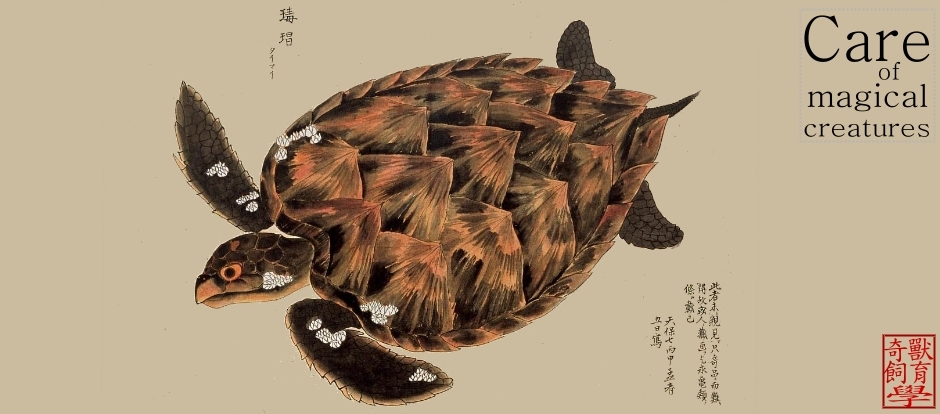
 文獻來源: Secutti S, Trajano E. 2009. Reproductive behavior, development and eye regression in the cave armored catfish, Ancistrus cryptophthalmus Reis, 1987 (Siluriformes: Loricariidae), breed in laboratory. Neotropical Ichthyology 7(3): 479-490. [全文下載]
文獻來源: Secutti S, Trajano E. 2009. Reproductive behavior, development and eye regression in the cave armored catfish, Ancistrus cryptophthalmus Reis, 1987 (Siluriformes: Loricariidae), breed in laboratory. Neotropical Ichthyology 7(3): 479-490. [全文下載]Abstract
The troglobitic armored catfish, Ancistrus cryptophthalmus (Loricariidae, Ancistrinae) is known from four caves in the São Domingos karst area, upper rio Tocantins basin, Central Brazil. These populations differ in general body shape and degree of reduction of eyes and of pigmentation. The small Passa Três population (around 1,000 individuals) presents the most reduced eyes, which are not externally visible in adults. A small group of Passa Três catfish, one male and three females, reproduced spontaneously thrice in laboratory, at the end of summertime in 2000, 2003 and 2004. Herein we describe the reproductive behavior during the 2003 event, as well as the early development of the 2003 and 2004 offsprings, with focus on body growth and ontogenetic regression of eyes. The parental care by the male, which includes defense of the rock shelter where the egg clutch is laid, cleaning and oxygenation of eggs, is typical of many loricariids. On the other hand, the slow development, including delayed eye degeneration, low body growth rates and high estimated longevity (15 years or more) are characteristic of precocial, or K-selected, life cycles. In the absence of comparable data for close epigean relatives (Ancistrus spp.), it is not possible to establish whether these features are an autapomorphic specialization of the troglobitic A. cryptophthalmus or a plesiomorphic trait already present in the epigean ancestor, possibly favoring the adoption of the life in the food-poor cave environment. We briefly discuss the current hypotheses on eye regression in troglobitic vertebrates.
